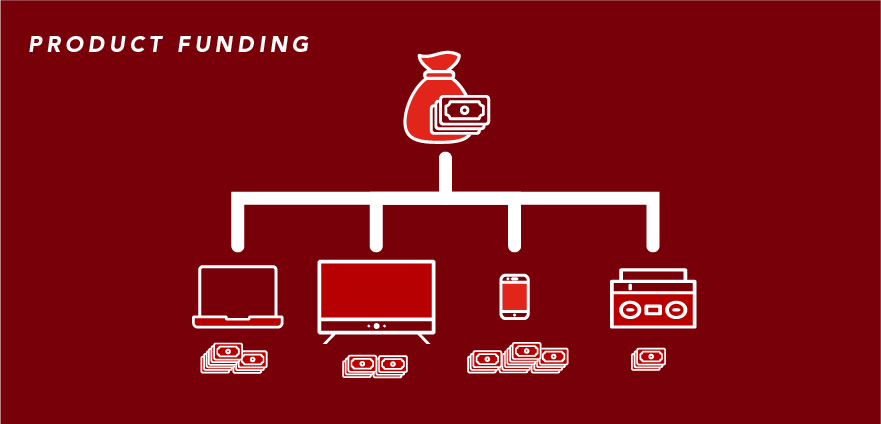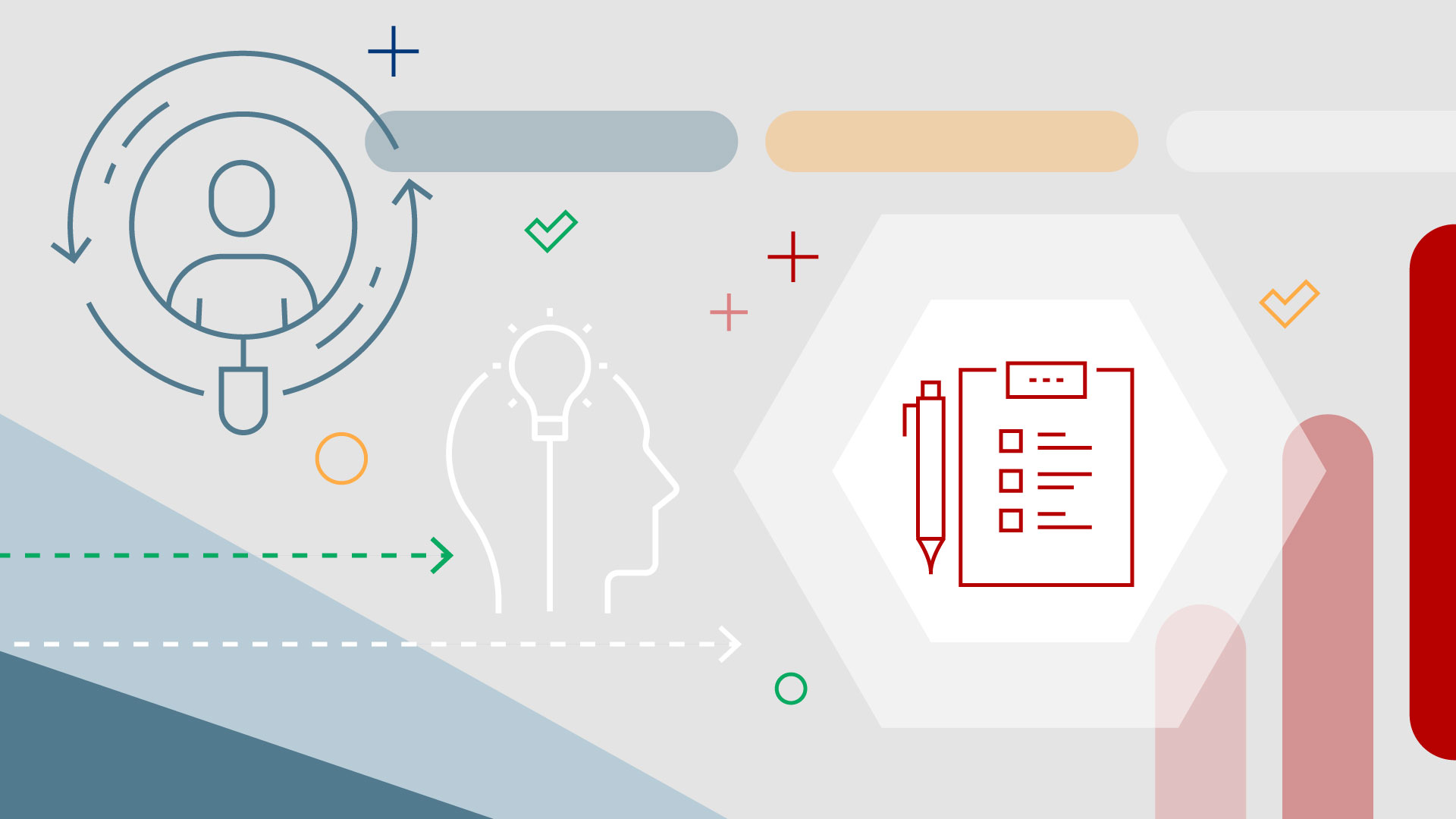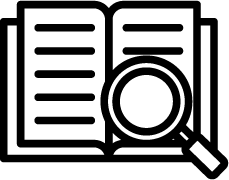Product Funding
Product Funding
Product funding supports the ability to set financial targets (benefits and revenue) for each product. A product financial plan is created then baselined to track variances between the forecasted product benefits and revenue and actual costs. This capability supports strategic investment planning by allowing In-flight and potential investments to be analyzed against product financial targets.
Learn more
Capability resources

Portfolios process flows
Review step-by-step guidance, process flows, and best practices for end users to achieve specific business outcomes.
Learn more


 Definition
Definition Business value
Business value